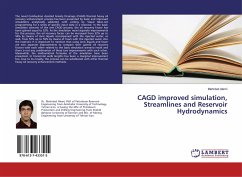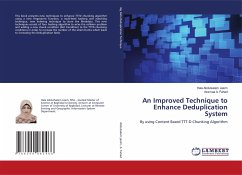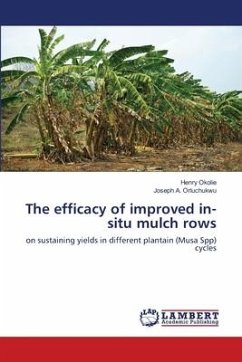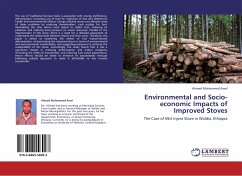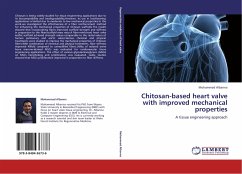The novel Combustion Assisted Gravity Drainage (CAGD) thermal heavy oil recovery enhancement process has been presented by basic and improved simulations analytically validated with coding by Visual Basic.net programming for a series of specific input data in a reservoir. In the basic simulation scenario of the wet CAGD process, the oil recovery factor has been gained equal to 52%. As the simulation novel separate improvements for this process, the oil recovery factor can be increased from 52% up to 56% by means of ionic liquids accompanied with the injected water, as well, from 52% up to 55% by means of foam with the injected water into the reservoir. It is important to mention that using ionic liquids and foam are two separate improvements to compare their gained oil recovery factors with each other related to the basic simulation scenario result and there is not any combination of these two improvements with each other. Meanwhile, the mathematical formulas of the simulation have been presented. In horizontal wells lengths has been a marginal improvement too. Due to its novelty, this process can be substituted with other thermal heavy oil recovery enhancement methods.
Bitte wählen Sie Ihr Anliegen aus.
Rechnungen
Retourenschein anfordern
Bestellstatus
Storno

